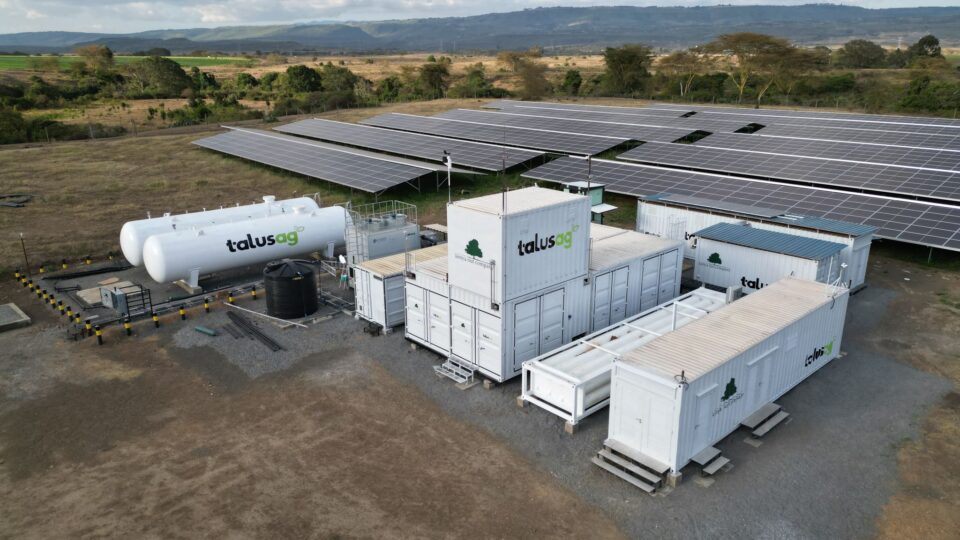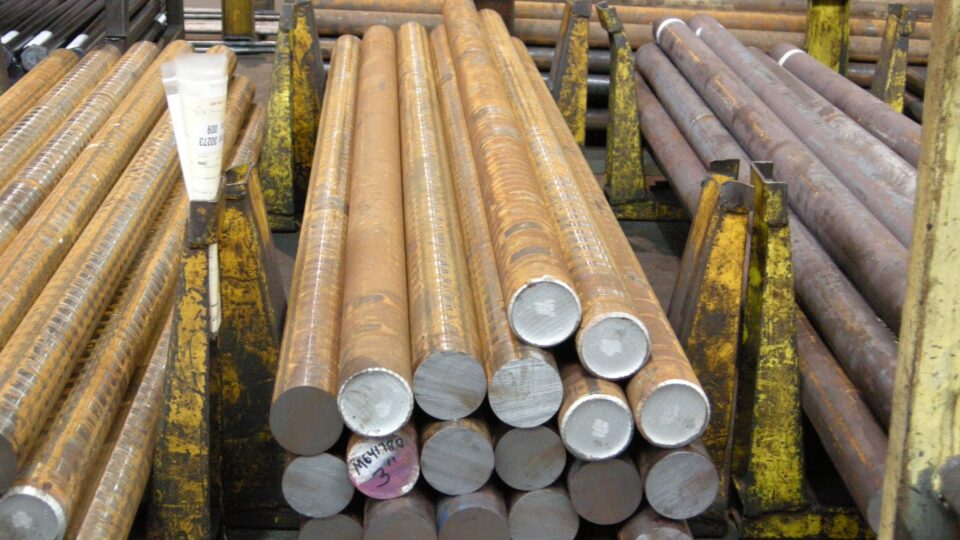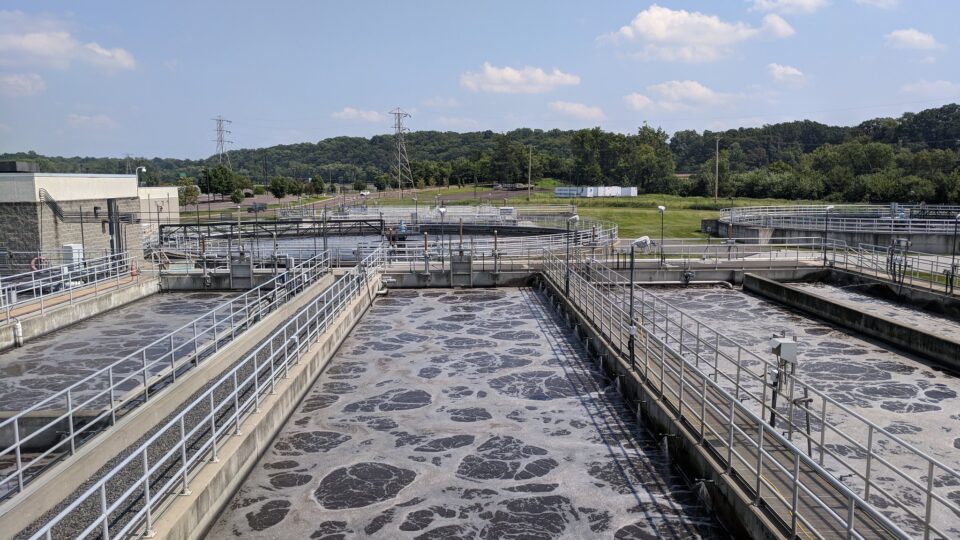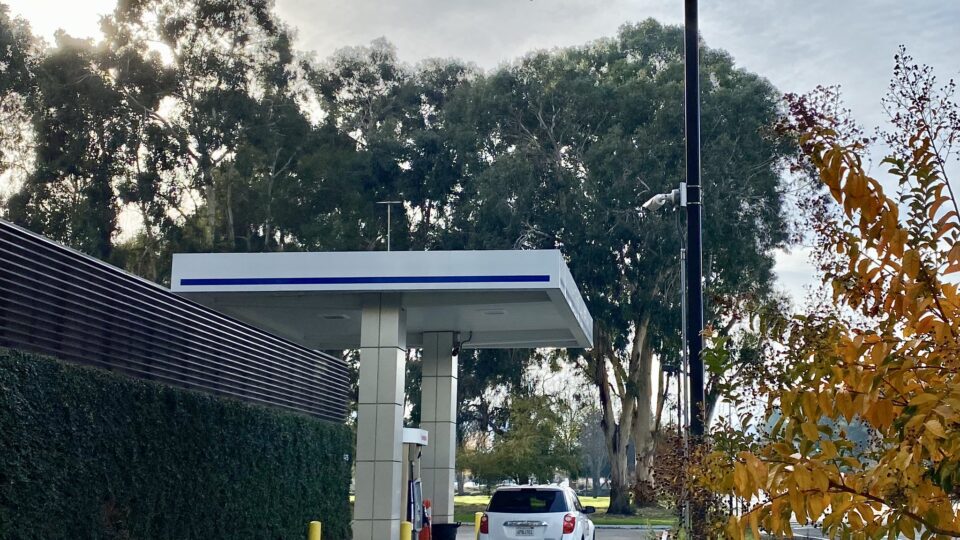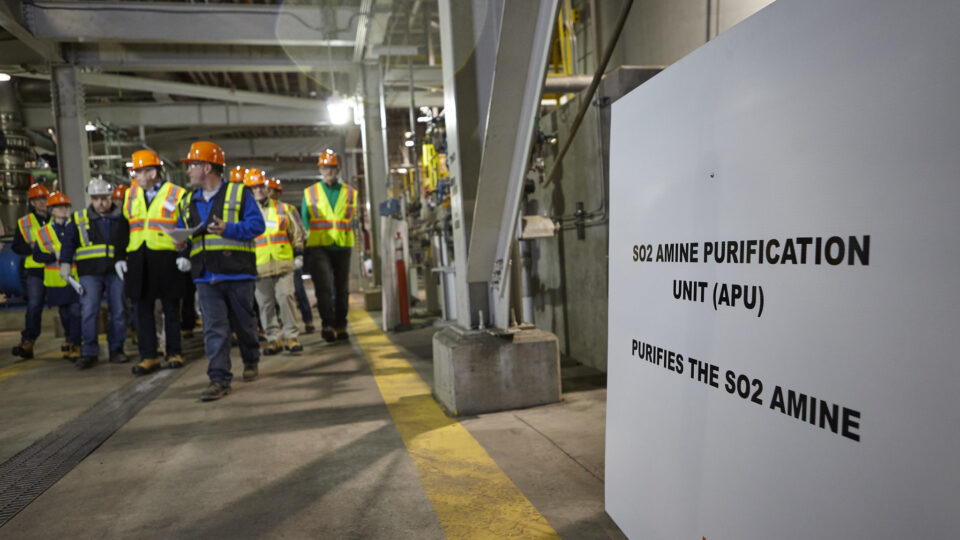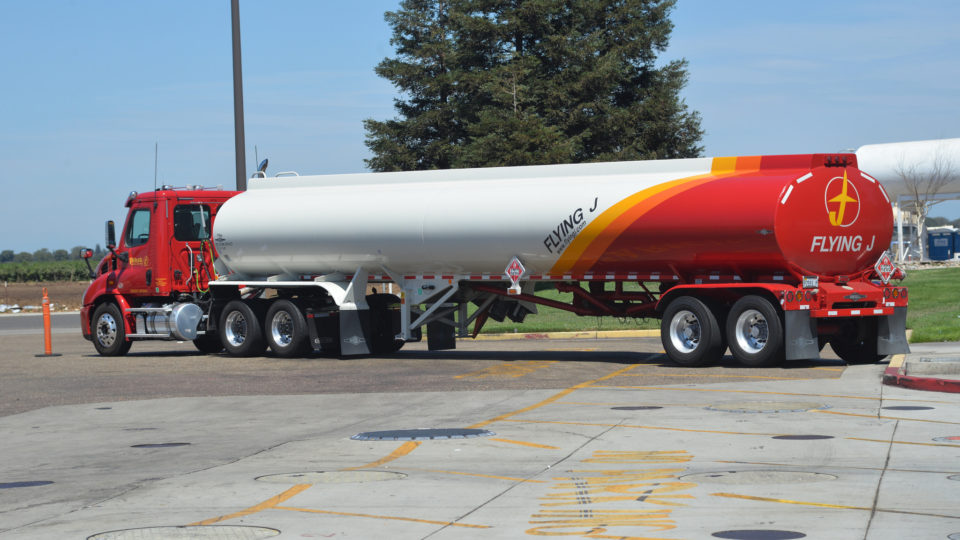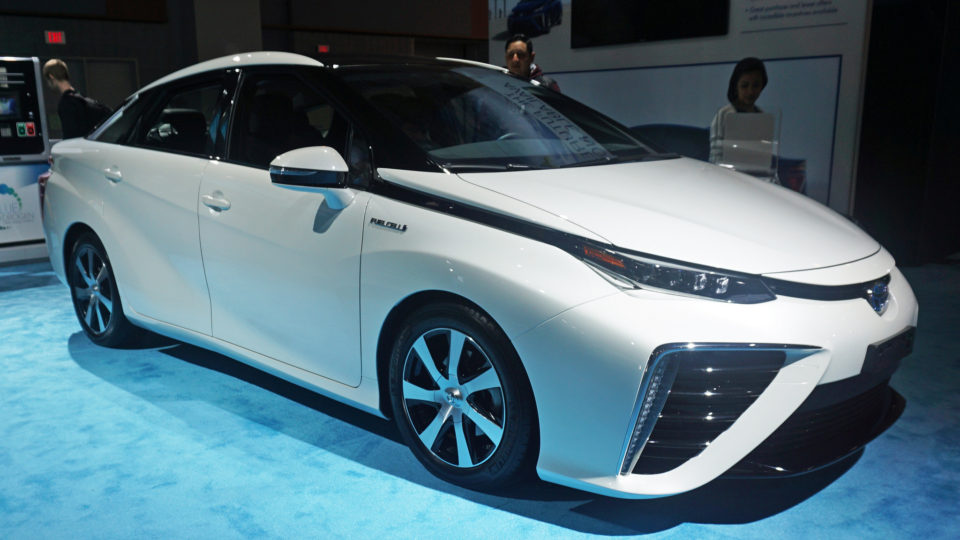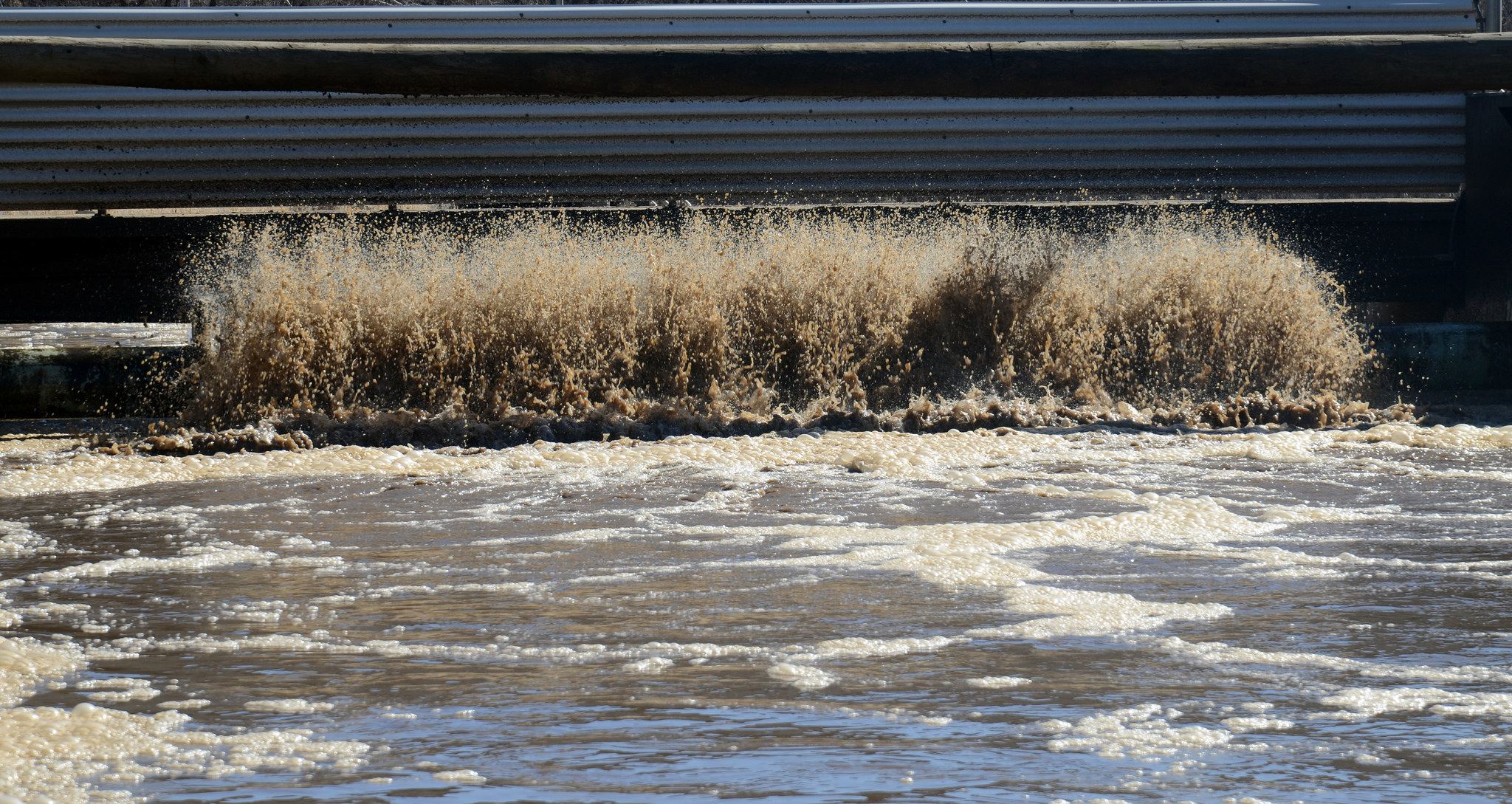Present in animal manure and synthetic fertilizers, nitrogen is an essential nutrient for plant growth and is a critical input to enhance agricultural productivity on farms around the world. But excessive and inefficient use of this nutrient is widespread. In fact, up to 80% of it leaks into the environment, mostly in various polluting forms of nitrogen: ammonia and nitrogen oxides (which are harmful air pollutants), nitrous oxide (a potent greenhouse gas), and nitrate (which affects water quality).
A new report prepared for the United Nations has put forth some solutions to greatly reduce nitrogen pollution from agriculture in Europe. A group of researchers coordinated by the U.K. Centre for Ecology & Hydrology, the European Commission, the Copenhagen Business School, and the National Institute for Public Health and the Environment of The Netherlands produced the report.
In it, the research team puts forth its recipe to reduce nitrogen pollution in Europe. The report’s ingredients include:
- Reducing by 50% the average European meat and dairy consumption
- More efficient fertilizer application and manure storage
- Reducing food production demand by reducing food waste by retailers and consumers
- Better wastewater treatment to capture nitrogen from sewage
- Adopting policies addressing food production and consumption to transition them towards more sustainable systems
Taking action to reduce nitrogen pollution will require a holistic approach involving farmers, policymakers, retailers, water companies, and individuals.
Do Europeans have an appetite for change?
**********
Web Links
Scientists provide recipe to halve pollution from food production
Photo, posted March 10, 2022, courtesy of USDA NRCS Montana via Flickr.
Earth Wise is a production of WAMC Northeast Public Radio

